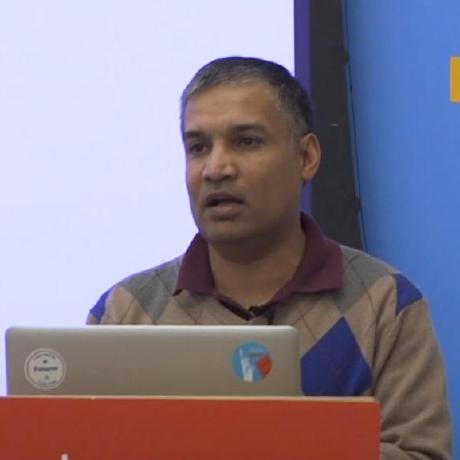Latency at the edge with Rust/WebAssembly and Postgres: Part 2
In the previous post, we implemented a simple Cloudflare Worker in Rust/WebAssembly connecting to a Neon Postgres database and measured end-to-end latency. Without any pooling, we got a mean response time of 345ms.
The two issues we suspected for the high latency were:
Establishing connection to the database: The worker creates a new connection for each request. Given that a secure connection, it takes 7+ round trips. Not surprisingly, latency is high.
Executing the query: The query method in our code causes the Rust Postgres driver to make two round trips: to prepare the statement and to bind/execute the query. It also sends a one-way message to close the prepared statement.
In this part, we will deal with connection establishment time by introducing a pool. We will fork the driver to deal with multiple round trips (which incidentally also helps with connection pooling). We will also learn a few things about Postgres's query protocol.



